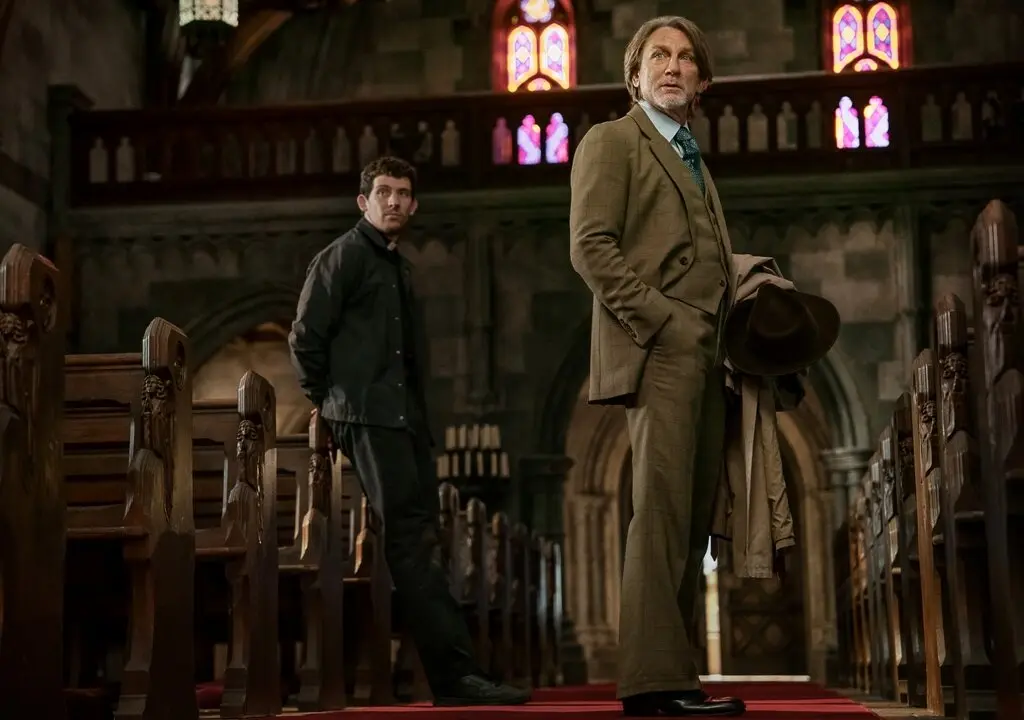On Sept. 29, 1988, writer and director Giuseppe Tornatore’s original 173-minute cut of “Cinema Paradiso” debuted at the Europa Cinema Festival in Bari, Italy. Those present at the time had no idea they would be among the very few to see this version of the movie until it was released some 14 years later on home video.
|Updated:
Originally from the nation's capital, Michael Clark has provided film content to over 30 print and online media outlets. He co-founded the Atlanta Film Critics Circle in 2017 and is a weekly contributor to the Shannon Burke Show on FloridaManRadio.com. Since 1995, Clark has written over 5,000 movie reviews and film-related articles. He favors dark comedy, thrillers, and documentaries.
Author’s Selected Articles





